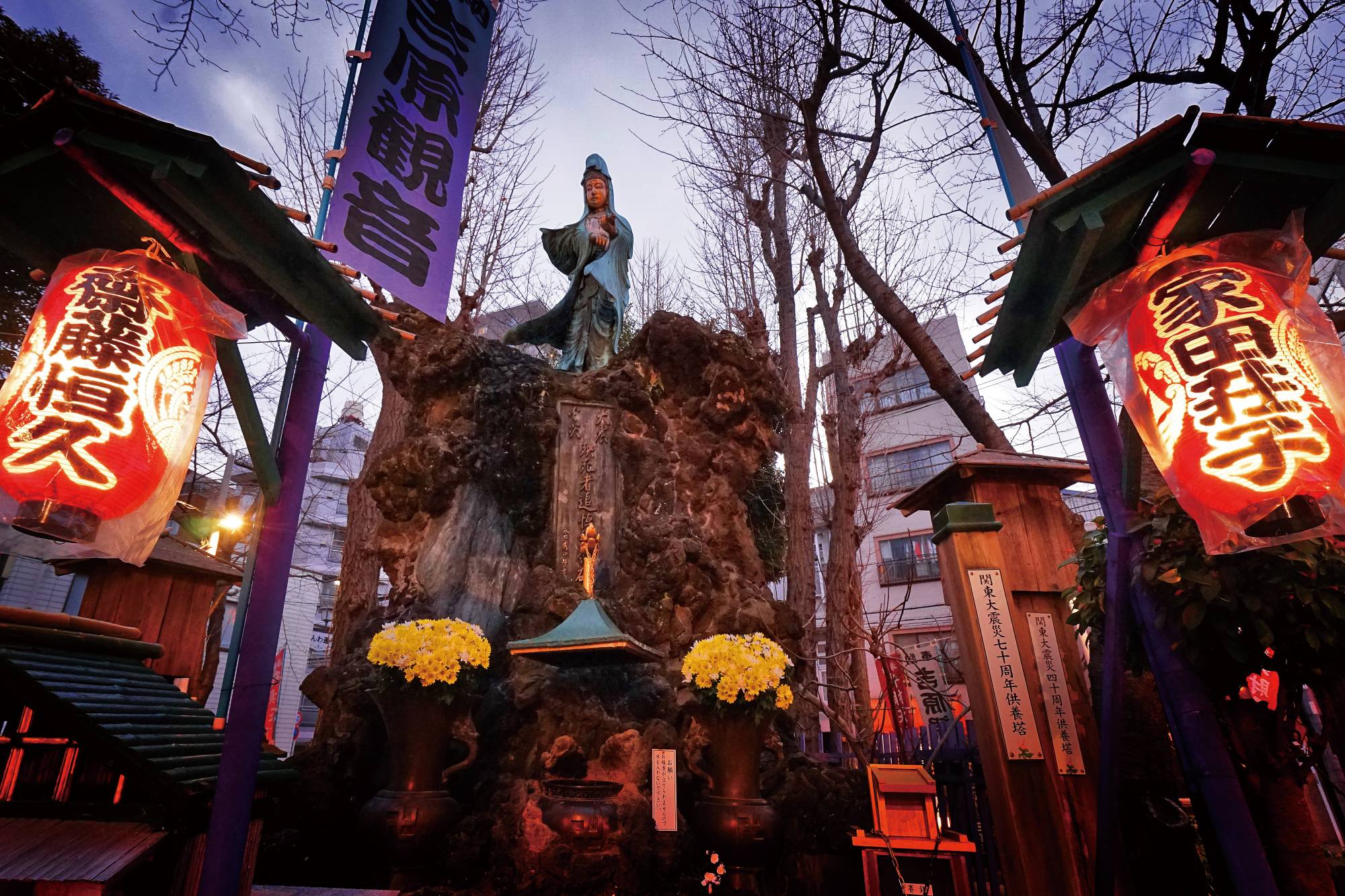Sitting on his mother’s lap, Hisaki Kurosawa was among the anxious spectators watching the men’s pole vault finals at Tokyo’s National Stadium during the 1964 Summer Olympics.
That competition turned out to be one for the history books. Kicking off at 1 p.m. on Oct. 17, the event stretched late into the night as the fiberglass bar inched higher and temperatures steadily dropped. The showdown arrived at around 10 p.m., when American world record holder Fred Hansen cleared 5.1 meters and beat German rival Wolfgang Reinhardt to claim the gold medal. This was, and still is, the longest pole vault final on record.
“I was 3 years old at the time and have no memory of the event, but my mother would often recall how I caught a cold because of staying out for so long,” says Kurosawa, a writer and photographer who has been documenting the changing face of the world’s largest city for the past few decades. One of his latest books, “Tokyo Jiso Tanken” (“Tokyo Time Layer Exploration”), is a photo essay dissecting the capital’s lesser-known landscapes and architecture.


















With your current subscription plan you can comment on stories. However, before writing your first comment, please create a display name in the Profile section of your subscriber account page.